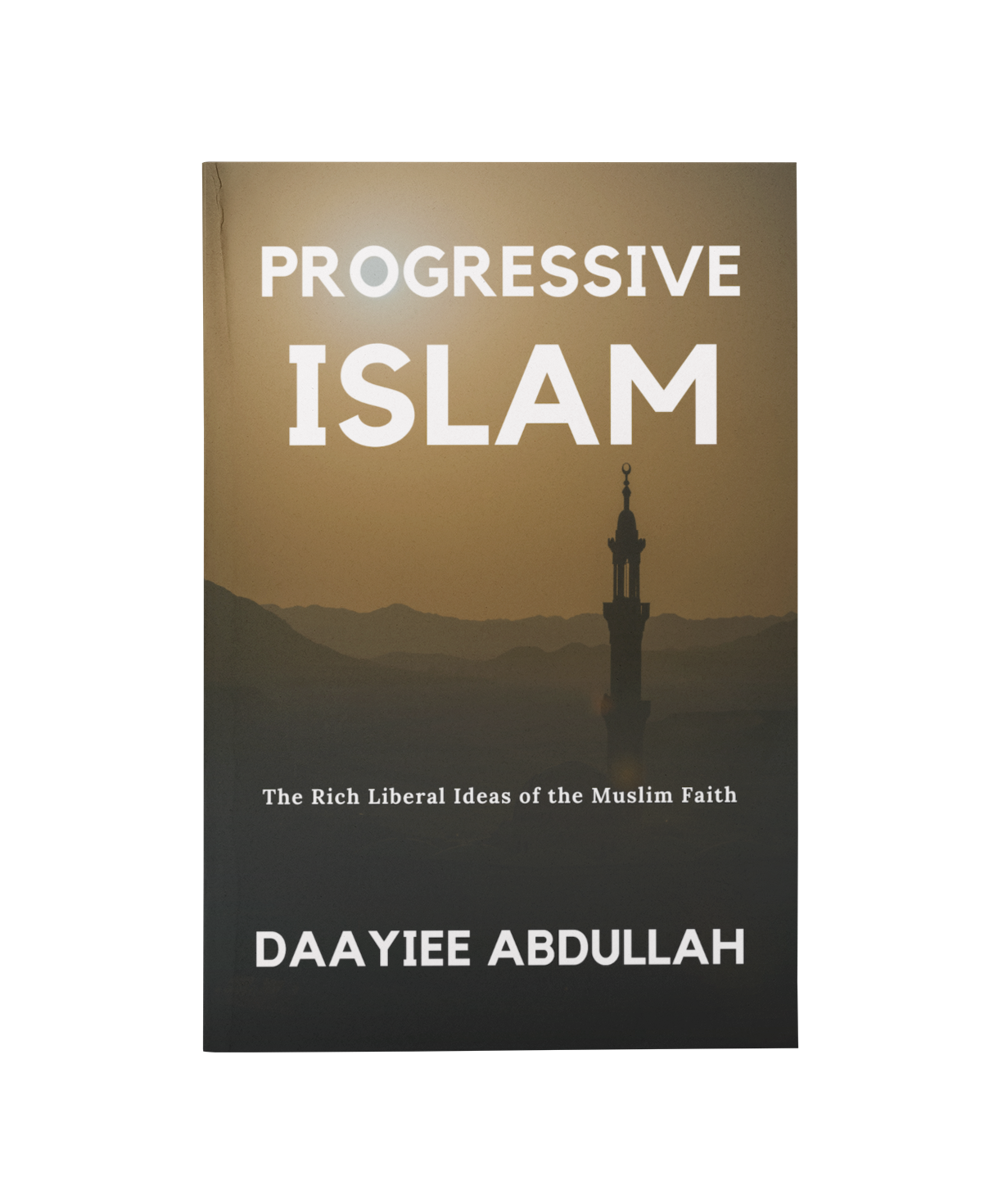It is important to have a wider understanding of Sharia. Not all Sharia is the same, and even when they may be the same on paper, they may not be in practice. Sharia is a combination of culture and religion.
A major hurdle for modern Muslims is understanding Sharia and applying its tenets for living in non-Muslim states. Muslim have far too little guidance that speaks from an interpretation of Sharia-based on non-religious state regulations, such as the United Nations Declaration of Human Rights, which separate religious belief and governmental laws.
In Arabic, shari’ah means “way” or “path.” Sharia was not revealed by God. It is based on the Qur’an and the Sunnah, which are the verbally transmitted record of the teachings, deeds, and sayings, silent permissions (or disapprovals) of the prophet Muhammad. People who interpreted the Qur’an and the words and actions of the prophet Muhammad, therefore, created shari’ah.
Shari’ah is not a legal system. It is a methodological way of living life based upon very early and later traditional interpretations derived from the Quran and the SunnahSunnah of Prophet Mohammad—not the antiquities of the companions (sahabah) and those immediately following the companions in terms of time (thabi’un), as collected in Hadiths.
When early scholars interpreted Shari’ah, e.g., Imam Abu Hanafi, Imam Shafi’i, and Imam Maliki, it was called independent reasoning (ijtihad). Even very religious, well-educated scholars of different schools of theological thought (madhahib) disagreed with each other.
Later early jurists, looking for patterns, linked their interpretations of the Quran and Hadith, common economic practices of their time, and cultural practices from their area of the world. Jurists all over the expanding Islamic empire could reasonably figure out answers to questions posed to them. These rulings shaped our understanding of shari’ah.
As time passed, more and more of these societies in the larger Muslim World created their own mix of culture and faith in their Islamic way of life. As such, if you are in two different cultural societies in the Muslim World, you will note the stark differences, even if they subscribe to the same theological thought. An example would be Egypt and Turkey, which despite their sharing of the Hanafi school of thought, have different cultural approaches in many instances, such as women’s rights.
It is important to have a wider understanding of Sharia. Not all Sharia is the same, and even when they may be the same on paper, they may not be in practice. Sharia is a combination of culture and religion.


